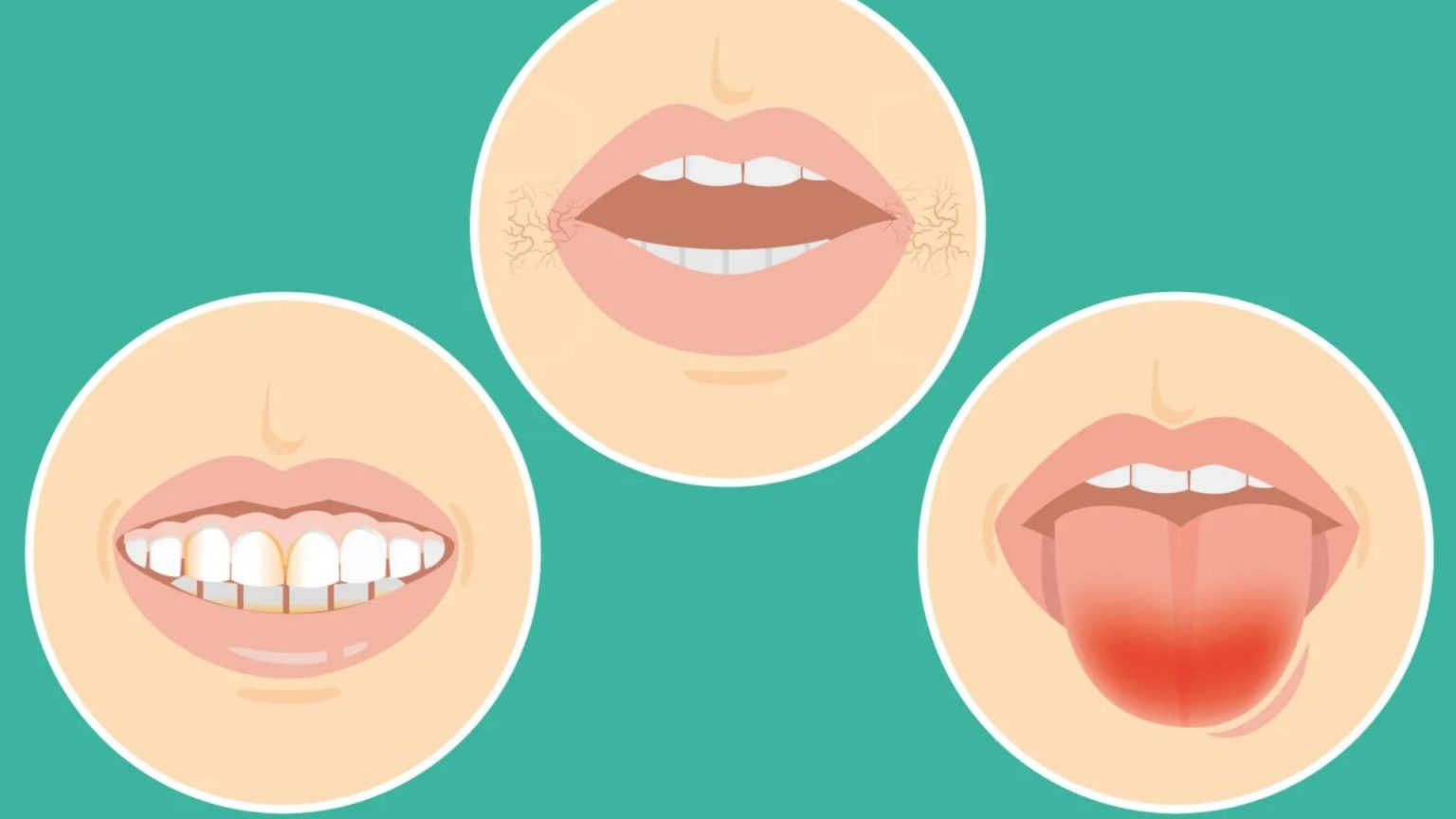The seemingly innocuous symptoms present in the mouth, such as pale gums, a smooth or sore tongue (atrophic glossitis), and cracks at the corners of the mouth (angular cheilitis), can be indicative of a more serious underlying health issue like iron deficiency anaemia. These oral manifestations are often the first visible signs of the condition, highlighting the importance of regular dental check-ups and paying attention to any changes in the mouth. Iron deficiency anaemia, a condition characterized by the body’s inability to produce enough healthy red blood cells due to insufficient iron, can have a wide-ranging impact on overall health. The reduced oxygen delivery resulting from low iron levels affects various tissues, including those in the mouth, leading to the observable changes.
The connection between oral health and overall systemic health is often overlooked. The mouth serves as a window into the body’s internal state, often revealing early signs of underlying deficiencies or diseases. In the case of iron deficiency anaemia, the pale gums are a direct consequence of the reduced red blood cell count, while the smooth and inflamed tongue, a condition known as atrophic glossitis, arises from the body’s inability to repair and maintain tissues due to a lack of haemoglobin. The painful cracks at the corners of the mouth, termed angular cheilitis, are a result of a weakened immune system caused by iron deficiency, making the area more susceptible to infections.
The prevalence of iron deficiency and other nutrient deficiencies is a growing concern, as reflected in the rising hospital admission rates. Data reveals a significant increase in hospital admissions due to iron deficiency over the past two decades, highlighting the importance of addressing this often-overlooked health issue. The long-term consequences of untreated iron deficiency anaemia can be severe, ranging from fatigue and heart problems to developmental issues in children. The increasing numbers emphasize the need for greater awareness, early detection, and appropriate interventions.
Iron deficiency anaemia is often attributed to factors such as pregnancy, blood loss, or inadequate dietary intake. Common symptoms include fatigue, shortness of breath, heart palpitations, pale skin, and headaches. However, less common but equally significant symptoms can manifest in the mouth and present as changes in the tongue, gums, and corners of the mouth. Recognizing these oral signs is crucial for early diagnosis and treatment. If you suspect an iron deficiency, consulting a GP is essential for proper diagnosis and management.
Addressing iron deficiency typically involves iron supplementation and dietary modifications. Including iron-rich foods like spinach, beans, red meat, and fortified cereals in the diet can help replenish iron stores. For vegetarians and vegans, plant-based sources like beans, peas, and lentils are recommended, along with considering iron supplements if necessary. Early detection and intervention are crucial to prevent the progression of iron deficiency anaemia and its associated complications. Ignoring these seemingly minor oral signs can lead to serious health issues.
The role of dentists extends beyond oral care; they can often be the first line of defense in identifying systemic health issues like iron deficiency. Routine dental check-ups provide an opportunity to detect subtle oral signs that may indicate underlying health problems. Dentists are trained to recognize these signs and can recommend further investigations or refer patients to appropriate specialists for further evaluation and treatment. Therefore, regular dental visits are not only essential for maintaining oral health but can also contribute to overall well-being by facilitating early detection of potentially serious health conditions.











